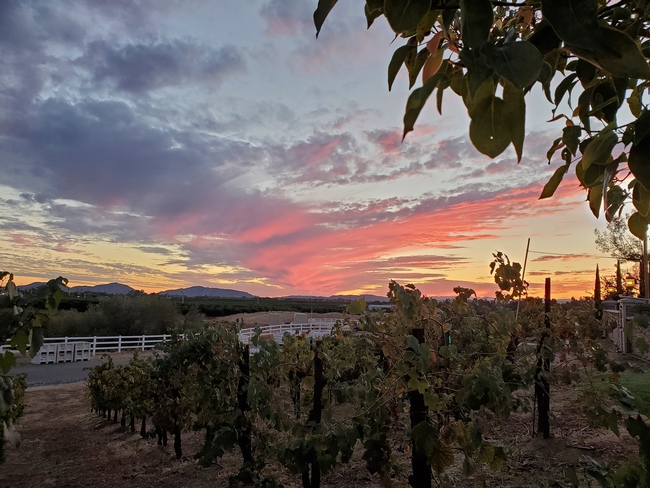
Posts Tagged: biological control
Suppliers, retailers warn California grape growers of herbicide shortages
Supply-chain crisis forces some to pivot to mechanical, biocontrol measures
Driving through her vineyards on a chilly morning in December, Hortencia Alvarado is taking comfort – for now – that the weeds she sees are all yellow. But there remains a nagging worry that, like the pesky plants, is merely lying dormant for the season.
When March rolls around, and the first signs of new green growth appear on the vines, Alvarado and other vineyard managers will again have to confront the ongoing shockwaves of the global supply-chain crisis.
Growers of grapes – the third-highest valued agricultural commodity in California at $4.48 billion in 2020 – likely won't be able to access the herbicides that they usually apply.
“I definitely need to start thinking and considering it because I don't want to be in that situation where I don't have [the herbicide] when I need it,” said Alvarado, a vineyard manager in the San Joaquin Valley.
Imperfect alternatives
She first noticed the effects of the shortages this past August, during the application following the harvest of early varietals. Alvarado's agricultural pest control adviser had recommended a different product, instead of their usual standby, Rely – because none of the handful of suppliers in California could find it.
Then Alvarado's foreman started reporting that the substitute wasn't controlling the weeds.
“We were using some other stuff that wasn't as good, so basically we were wasting money on stuff that wasn't doing what we wanted it to do,” Alvarado explained.
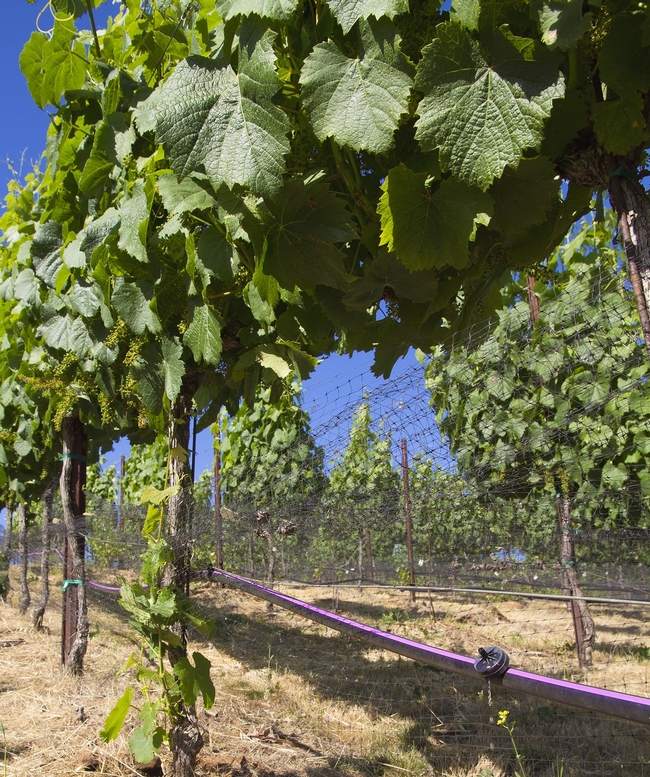
The need for more machines or labor is just one result of the herbicide shortage, said George Zhuang, University of California Cooperative Extension viticulture farm advisor in Fresno County. Zhuang has received “a lot” of calls from growers about the chemical supply issues, which are also affecting fertilizers. He's been urging them to move away from traditional herbicides to mechanical means or biocontrol such as sheep or fowl – even though they might be more expensive.
Zhuang estimates that while a weed program comprises 5% to 10% of total production costs in a normal year with the usual herbicides, the use of nonchemical alternatives could hike that percentage up to 10% to 20%. In addition to their impact on the bottom line, effective herbicides are especially crucial to grape growers because vines – unlike tree crops – cannot naturally shade out weeds with expansive canopies.
“Right now, people can still scramble around and find some limited chemicals to make sure the crop is successful for the harvest, but if the situation goes for another year, I think there's going to be a panic in farming communities,” Zhuang said.
Herbicide challenges expected to linger
Unfortunately, the availability of certain products is likely going to be “challenged” into at least the middle of 2022, according to Andy Biancardi, a Salinas-based sales manager at Wilbur-Ellis, an international marketer and distributor of agricultural products and chemicals. Biancardi said that the suppliers he talks to are advising people to make preparations.
The supply of glyphosate, the key component in products such as RoundUp (used by many Midwestern farmers), appears to be most affected, Biancardi said. As a result, that shortage has put the squeeze on alternatives such as glufosinate, used in products like Rely – the herbicide favored by many California grape growers.
“The cost of glufosinate has definitely gone up because there just isn't enough, so everyone is obviously marking it up,” said Biancardi, who estimates that prices for both glyphosate and glufosinate are up 25% to 30% for growers.
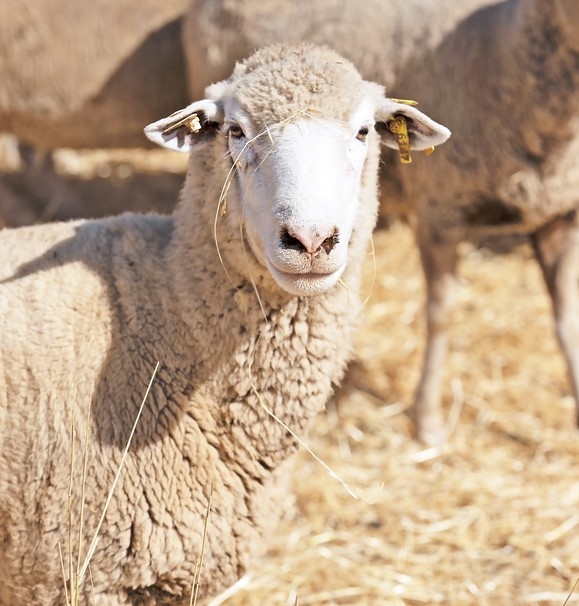
Alvarado said that while large commercial operations are able to pay the premium prices or shift to other weed control measures, some smaller growers have essentially given up the fight – simply letting the weeds take over.
“They're just letting it go wild until the dormant season,” she said. “They're hoping that – by when they do start to spray [around March] – they'll hopefully have that Rely.”
Silver lining to supply crisis?
Large-scale growers and retailers are buying up those scarcer products when they can, in anticipation of future shortages during critical times. Biancardi said that while his company traditionally runs inventories down at the end of the season, they are instead stocking up on herbicides that customers will demand.
“Careful planning and forecasting is going to be more important than ever, that's really the key,” he said. “At this point we can't guarantee ‘business as usual,' based on what we're hearing.”
Shaking off old habits might actually bring some benefits to business, according to Alvarado, as a forced shift away from chemicals could prove to be a selling point for customers, from a sustainability and marketing standpoint.
“Out of this shortage, there might be some good, some wins,” she said, “but at the same time, we're going to need some answers – I think it's going to be a bumpy road.”
Calling the confluence of drought, record heat and a shortage of chemicals a “perfect storm,” Zhuang said that consumers could start feeling those jolts as well.
“Eventually, somebody is going to eat the costs – either the farming community or the consumer is going to eat the cost, I hate to say it,” he said.
Barn Owls: Biological Control
I usually enjoy life and growing things as a farmer, however I was excited in the recent weeks to see the remains of something most definitely dead; owl pellets under an artificial nesting site. After a couple barn owl boxes were installed last year, I have eagerly awaited their occupation. Did you know that a family of barn owls will eat about 1,000 rodents in a single nesting season?
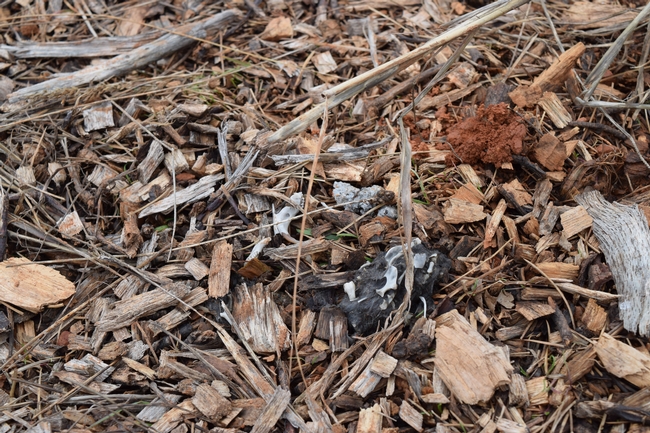

The recent owl pellet observation sparked my interest in researching the benefits of barn owls in agriculture. I found lots of information but focused on a particularly good peer-reviewed article called Agriculture land use, barn owl diet, and vertebrate pest control implications. (Kross, 2016). I will share with you the highlights, but you might want to read the research report yourself.
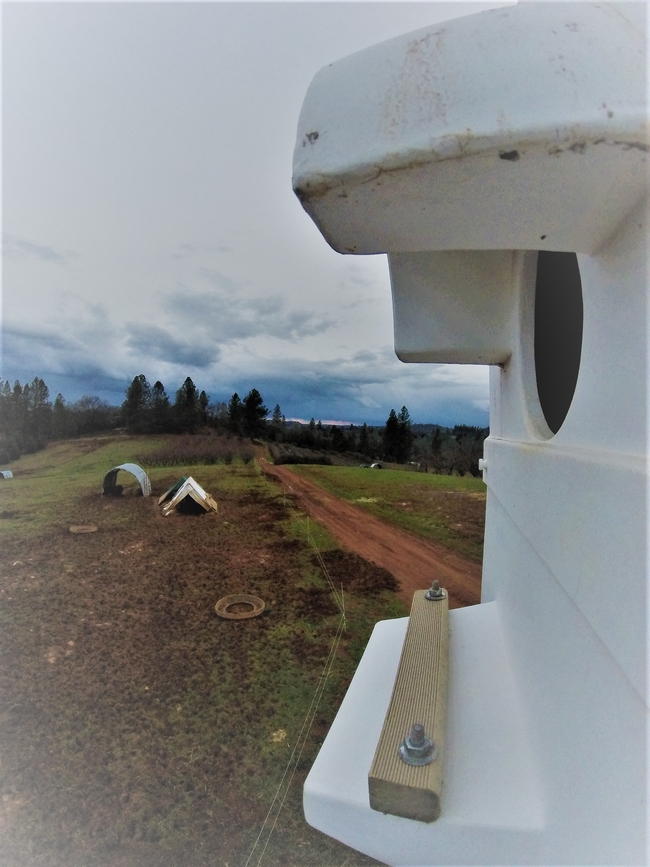
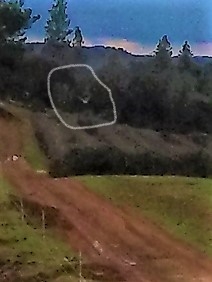
Research of owl presence at 25 California nesting boxes located mainly on row crops and perennial crops and forage, identified 1044 prey species. Pocket gophers, mice, and voles are generally the most important parts of the barn owl diet. Gopher numbers were highest in owl pellets found near perennial cropping systems but still a significant part of pellets found in annual cropping systems. Although mice are often considered less important as pests than gophers, they can carry pathogens that are a food-safety risk. 99.5% of prey items studied were agriculture pests, therefore owls are likely to provide valuable pest control services for farmers in our area if owl populations are fostered. Barn owls can persist if nesting sites and prey are available. Farmers seem to help provide the rodents, but let's not forget the nesting sites!
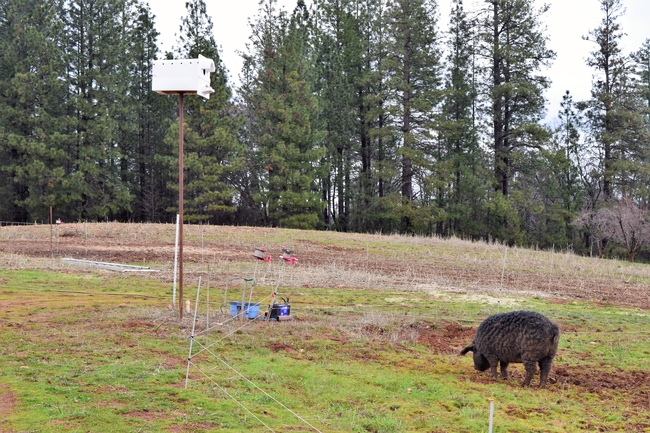
Alternative methods for rodent control such as trapping and poisoning can be expensive, labor intensive, and impact non-target species. Installation of nesting boxes to attract barn owls is not a proven method for sustained rodent control in agriculture systems by itself, rather it is best included as a component in an integrated pest management plan. Availability of nests sites appears to be the limiting factor of barn owl population growth in habitats that interface with humans (i.e. Farms and Ranches). Barn owls in the studied area occupied over half of the artificial nesting sites available to them, so installing nest boxes on farms may increase the natural barn owl rodent control.
Take away:
Farmers and ranchers who wish to utilize the low-cost natural predation of rodent pests by barn owls in their agriculture systems or simply attract owls should:
- Provide abundant nest sites, including nest boxes. Funding and plans may be found through contacting your local resource conservation district.
- Increase crop type diversity in proximity to nest sites to include both perennial and annual systems to increase owl hunting efficiency.
- Install nest boxes now for this spring nesting season for best chance of owl occupation in the next 6 months.
Resources:
Read the research article discussed above:
Kross S., Bourbour R., & Mertinico B. 2016. Agriculture land use, barn owl diet, and vertebrate pest control implications. Agriculture Ecosystems and Environment. 223, 167-174. http://sarakross.weebly.com/uploads/8/6/7/7/8677631/kross_bourbour___martinico_2016.pdf
NRCS Barn Owl Information Sheet and Owl box plans https://www.nrcs.usda.gov/Internet/FSE_DOCUMENTS/nrcs144p2_063925.pdf
UC Master Gardener Gopher Blog post, ideas for gopher management with great photos https://ucanr.edu/blogs/blogcore/postdetail.cfm?postnum=29485
UCANR Songbird, Bat, and Owl Houses https://anrcatalog.ucanr.edu/Details.aspx?itemNo=21636 This handy guide explores the benefits of the biodiversity and aesthetics of songbirds, bats, and owls. While written with vineyard managers in mind, anyone interested in learning about nest boxes will find this guide useful. Purchase this booklet at the link above for $15.
A Glimpse of George Compere, a Pioneer in Biological Control
"George Compere." Non-entomologists may not recall his name, but entomologists--especially those who study biological control--definitely do. And whether you do or don't, you'll want to see the display featuring George Compere (1858-1928), at the Bohart Museum of Entomology, UC Davis. The...

The Bohart Museum of Entomology is featuring a memorial exhibit showcasing a biological control pioneer, George Compere (1858-1928).
Chemical and biological control of arundo at Brannan Island State Recreation Area
The Sacramento-San Joaquin Delta Conservancy has been organizing the Arundo Control and Habitat Restoration Program since 2014. During that time, we worked with funding from the Department of Water Resources and our project partners, the Sonoma Ecology Center and the Solano Resource Conservation...
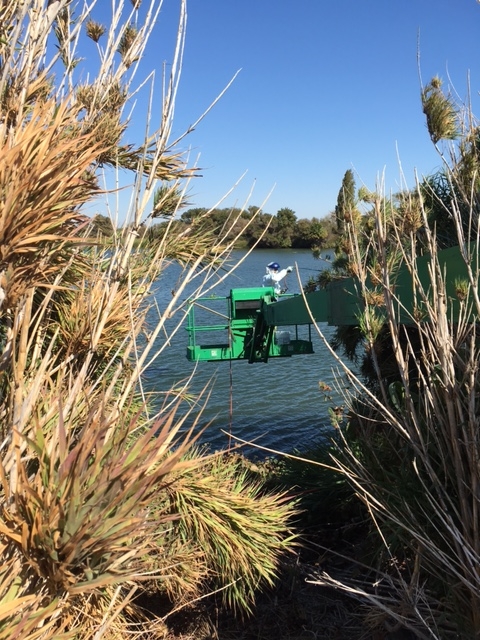
Figure 2. Chemical application by aerial lift.
Jennifer Thaler, UC Davis Alumni Award Recipient, Knows Bugs and Ecology of Fear
She knows bugs. She knows what "bugs" predators and prey. Her research includes fear as a biological control. Meet Jennifer Thaler, professor at Cornell University, Ithaca, N.Y., and the 2017 recipient of the Thomas and Nina Leigh Distinguished Alumni Award from the UC Davis Department of...
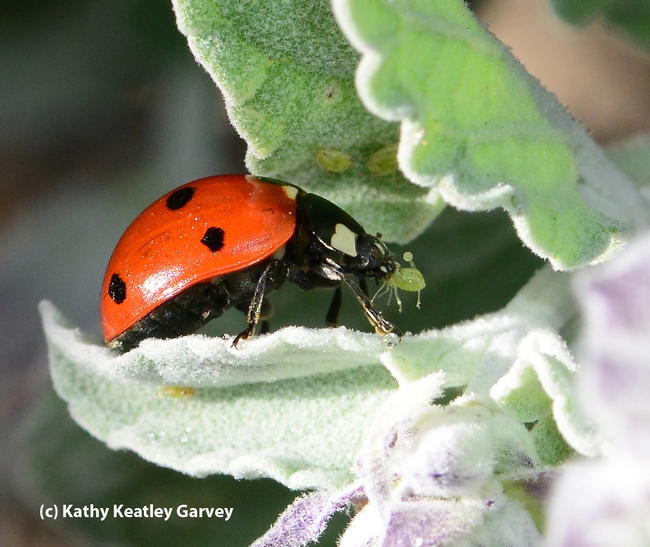
A lady beetle, aka ladybug, devouring an aphid. (Photo by Kathy Keatley Garvey)

